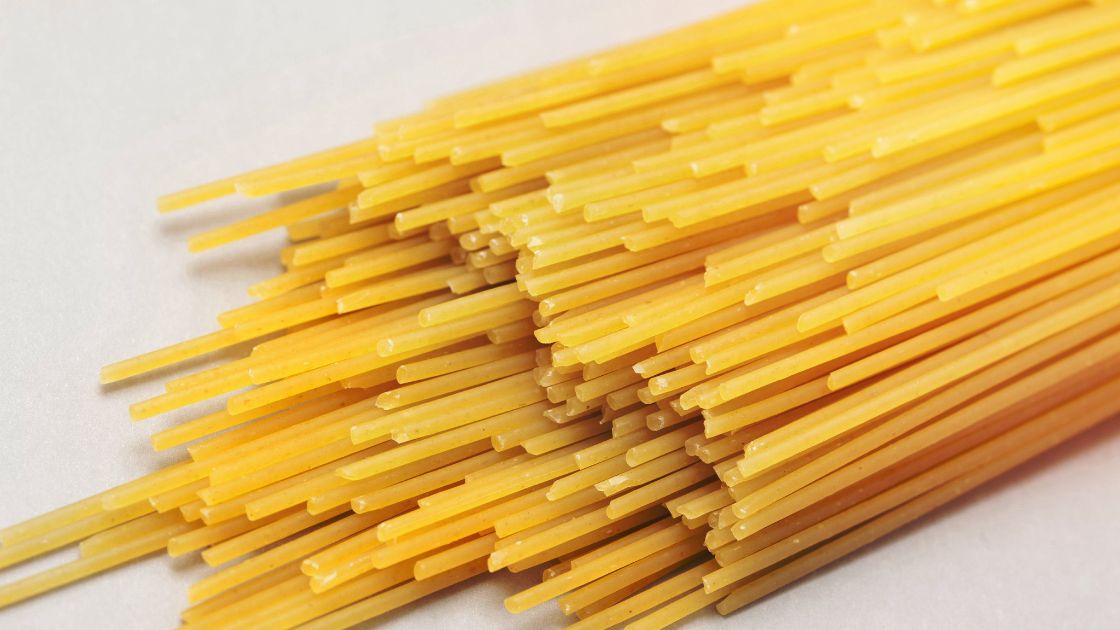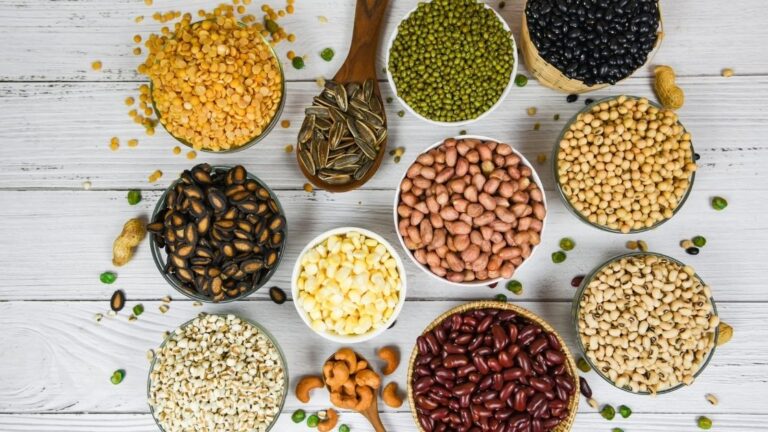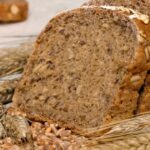Have you heard about starchy foods but don’t know what their function is?
Some people express themselves as if they are the “villains” of food. But the truth, is they play a fundamental role in our body and hence their importance.
Here in this blog, you will learn exactly what starchy foods are and why they are so important. Also, you will learn what are the different types of starchy foods and recognize your favorite.
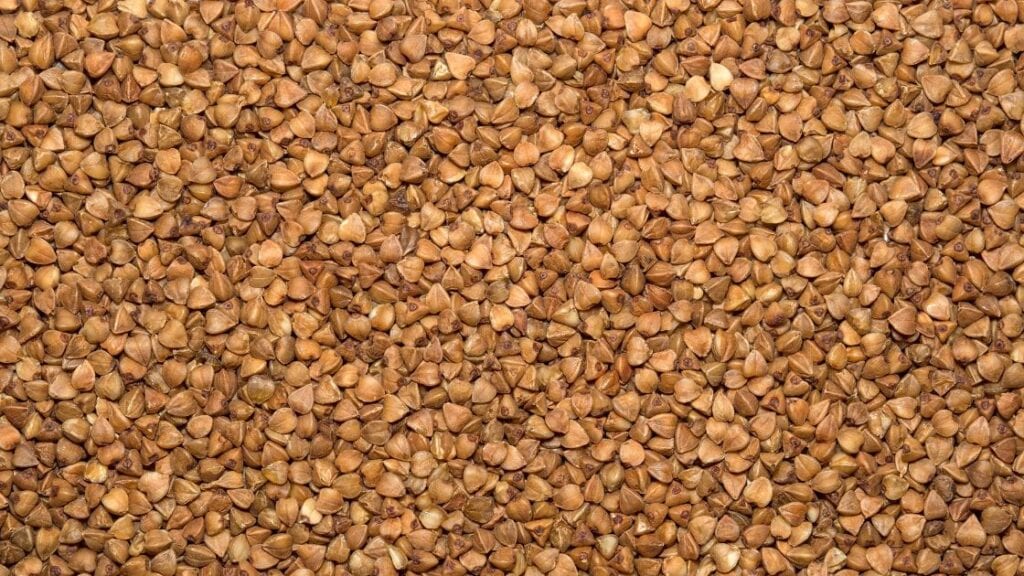
Do you know the function of starchy foods?
Although starchy foods are naturally high in these levels, they are not entirely made of that ingredient. They can also include fiber, vitamins, minerals, and sugars that are necessary for the organism.
Starchy foods give the body instant energy as they are high in starchy carbohydrates. In a person’s diet, carbohydrates are the main source of energy.
Without carbohydrates, there is no energy. Energy is the fuel for our body. That is why it is necessary to consume foods rich in starches.
But, why else are they important?
Keep reading
Why are starchy foods important?
Starchy foods are essential as part of a balanced diet for several reasons:
Fiber
Whole grains, fruits, and beans are some examples of starchy foods that are high in fiber.
Fiber is a different form of carbohydrate in that it has a unique molecular structure. It passes through the digestive system without being digested by the small intestine. Its breakdown is difficult as its glucose molecules are securely bound.
According to the FDA, fiber helps remove waste from the digestive system. Diets high in fiber can also reduce a person’s risk of cardiovascular disease.
According to nutritional recommendations, 25.2 grams of fiber is needed in a diet based on 1,800 calories. Unfortunately, most Americans do not meet this requirement.
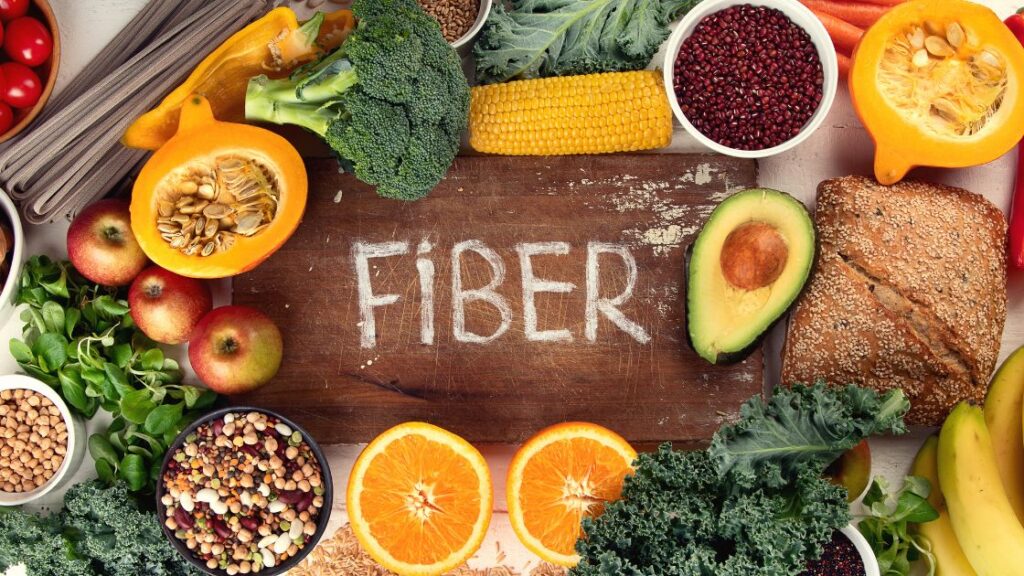
Energy
Starchy foods are one of the best sources of energy, and carbohydrates contain a lot of starch.
A person’s body converts starch into glucose molecules during digestion.
Almost all cells, muscles, organs, and the brain, receive energy from this glucose when it enters the bloodstream. This glucose can be used immediately by the body or stored in the liver for later use.
The brain needs a lot of glucose to function properly, so it is very important.
It makes up about 2% of a person’s total body weight. However, it consumes 20% of the energy that a person gets from glucose. This makes it the main glucose burner in the body.
Satiety
Normally, after consuming some foods, a person feels more satisfied. This means being satiated. Satiety refers to the feeling of being full.
According to studies, high-fiber foods make you feel full longer. They also improve the body’s insulin sensitivity and decrease fat storage.
Some starchy foods that are capable of keeping people full for a long time are:
- Potatoes
- Oatmeal
- Wheat pasta
- Rice
- Corn
- Grains like peas and lentils
Know our favorite types of starchy foods
A healthy diet provides an adequate supply of fuel, vitamins, and minerals.
Starchy foods are an essential component of a person’s diet in general because they provide vitamins, fiber, and energy.
According to the FDA, each person should consume 275 g of total carbohydrates per day. However, this amount will differ significantly based on height, weight, activity level, and other factors.
You can complete the daily intake from a diverse variety of carbohydrates rich in starch. Here is our favorite list of starchy foods:
Legumes
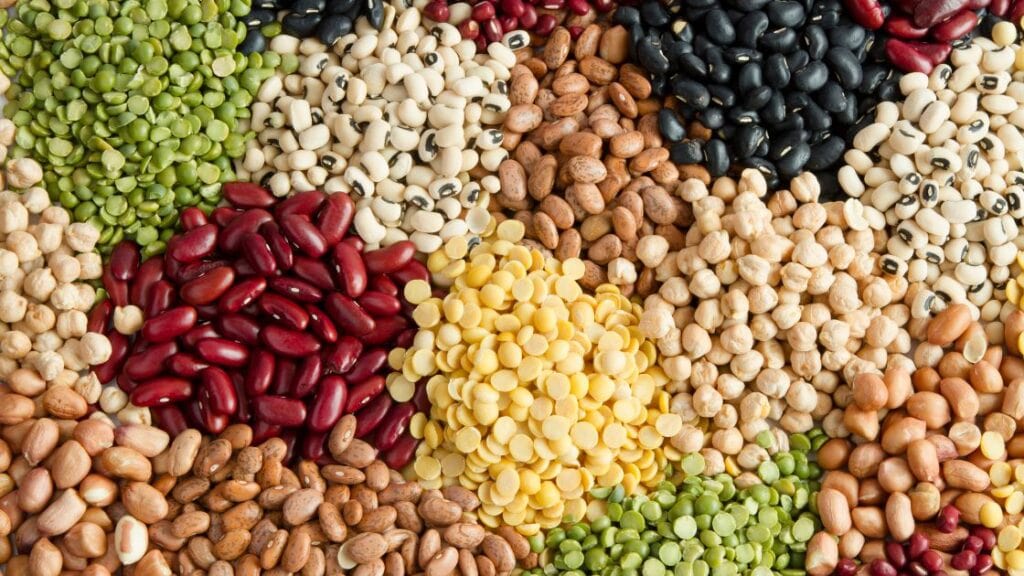
Protein, dietary fiber, and complex carbohydrates are easily founded in legumes. They offer 2-3 times more protein than wheat and rice in their dry form.
The nutritional data for 100 g of baked beans are:
- Lentils: 20.1 g of carbohydrates, 7.9 g of fiber, and 9.02 g of protein.
- Beans: 2.8 g carbohydrates, 0.1 g fiber, and 1.8 g protein.
- Chickpeas: 13.5 g of carbohydrates, 4.4 g of fiber, and 4.92 g of protein.
Whole grains
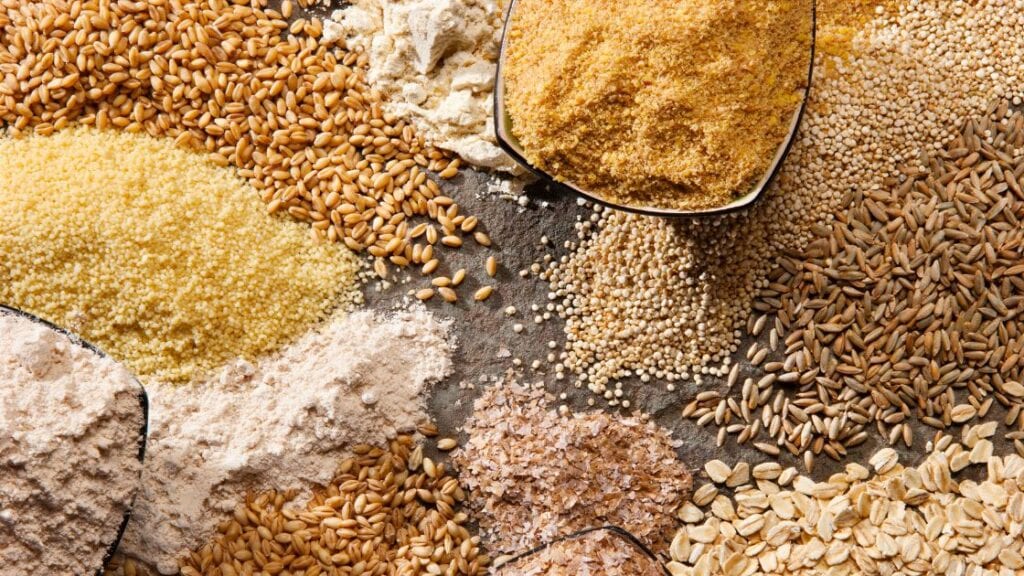
Compared to refined foods, whole grain and whole wheat starchy foods offer more fiber. These are available at the majority of grocery stores.
The following list of whole grain nutritional facts includes:
- Popcorn: 80.1 g of carbohydrates, 2.9 g of fiber, and 9.7 g of protein.
- Barley: 73.5 g of carbohydrates, 17.3 g of fiber, and 12.5 g of protein.
- Oatmeal: 11.36 g of carbohydrates, 1.7 g of fiber, and 2.21 g of protein.
- Buckwheat: 71.5 g of carbohydrates, 10 g of fiber, and 13.2 g of protein.
- Pasta: 74.7 g of carbohydrates, 3.2 g of fiber, and 13 g of protein.
Vegetables

To consume only a few calories but fill up on nutrients from carbohydrates, then you should consume vegetables. However, certain plants, such as lettuce and cucumbers, do not contain starch.
The nutritional profiles of common starchy vegetables are as follows:
- Potatoes: 21.6 g of carbohydrates, 1.5 g of fiber, and 1.96 g of protein.
- Butternut squash: 11.7 g of carbohydrates, 2 g of fiber, and 1 g of protein.
- Parsnips: 17 g of carbohydrates, 4 g of fiber, and 1.32 g of protein.
- Corn: 18.64 g of carbohydrates, 2 g of fiber, and 3.26 g of protein.
- Peas: 15.6 g of carbohydrates, 5.5 g of fiber, and 5.36 g of protein.
Acrylamide

When starchy foods are cooked at high temperatures for an extended period, acrylamide is released. This chemical can be very dangerous for humans.
According to the FDA, acrylamide poses a risk to human health and may have potentially harmful health effects. Acrylamide is mainly associated with suffering from some types of cancer.
The organization advises people to reduce their exposure to acrylamide by:
- Avoid high-temperature cooking methods.
- Keep in mind that potatoes, cereals, and coffee may contain acrylamide in higher amounts.
- Store starchy foods in a cool, dry place away from the refrigerator.
Any health precautions to follow?
A balanced diet typically contains starchy foods. However, consuming too much starch may be dangerous for people who already have certain medical issues.
Diabetes patients especially need to watch their intake of starchy foods. They need to be careful with what they eat because their bodies are more sensitive to carbohydrates.
But this does not mean they must avoid starchy foods.
According to the American Diabetes Association, carb counting has advantages for patients with type 1 diabetes. An individual with type 2 diabetes should aim to spread out their daily carbohydrate intake and stay away from processed foods.
To be sure, people with particular dietary requirements or medical problems should speak to their healthcare provider.
If you don’t have any disease but you want to lose weight, you should control your intake of starchy foods. Starches in food tend to make people fat.
That is why Samael Aun Weor is right in what she says:
“The healthy man is the thin man. But you don’t need to go hungry for it: Remove the flours, starches, and sugars; that’s all.”
If you want to lose weight you should not eliminate starchy foods. Remember that they are sources of energy. What you should do is moderate its consumption and exercise.
Include starchy foods in your meal plan
You already know the function and importance of starchy foods. They are a fundamental energy source so you cannot completely suppress them. Remember to consume the different options to obtain a variety of nutrients.
